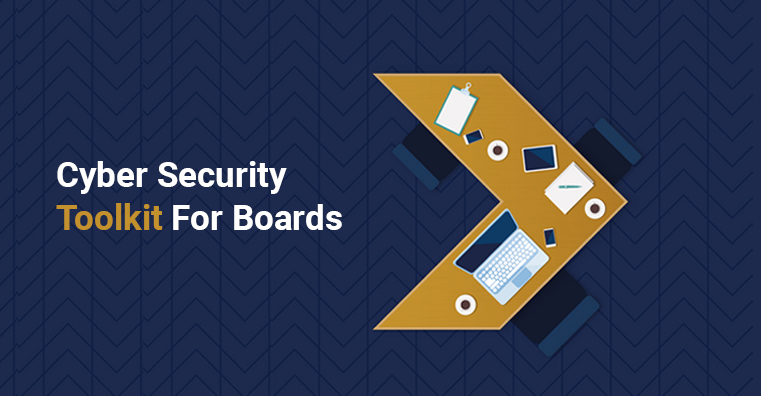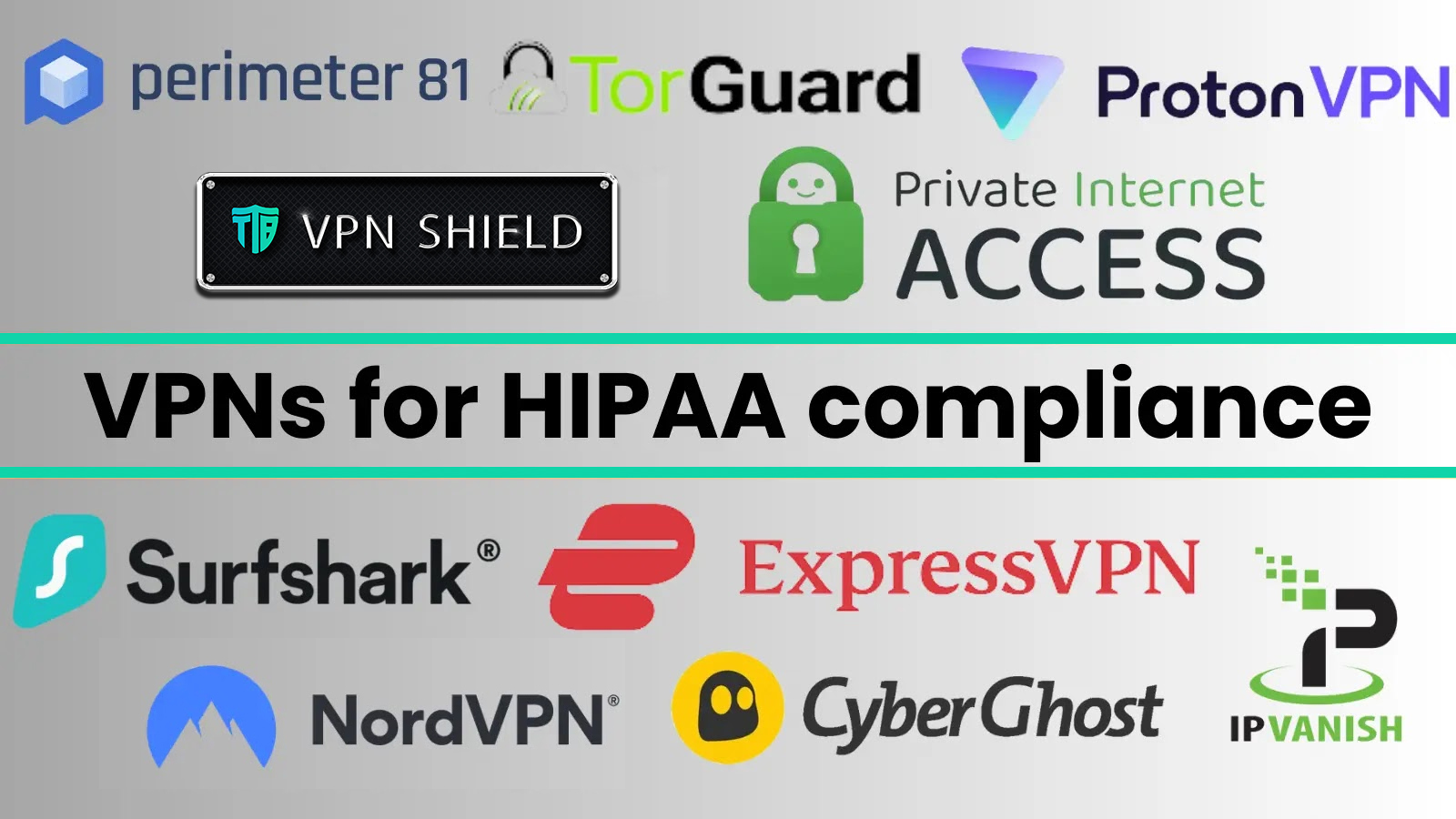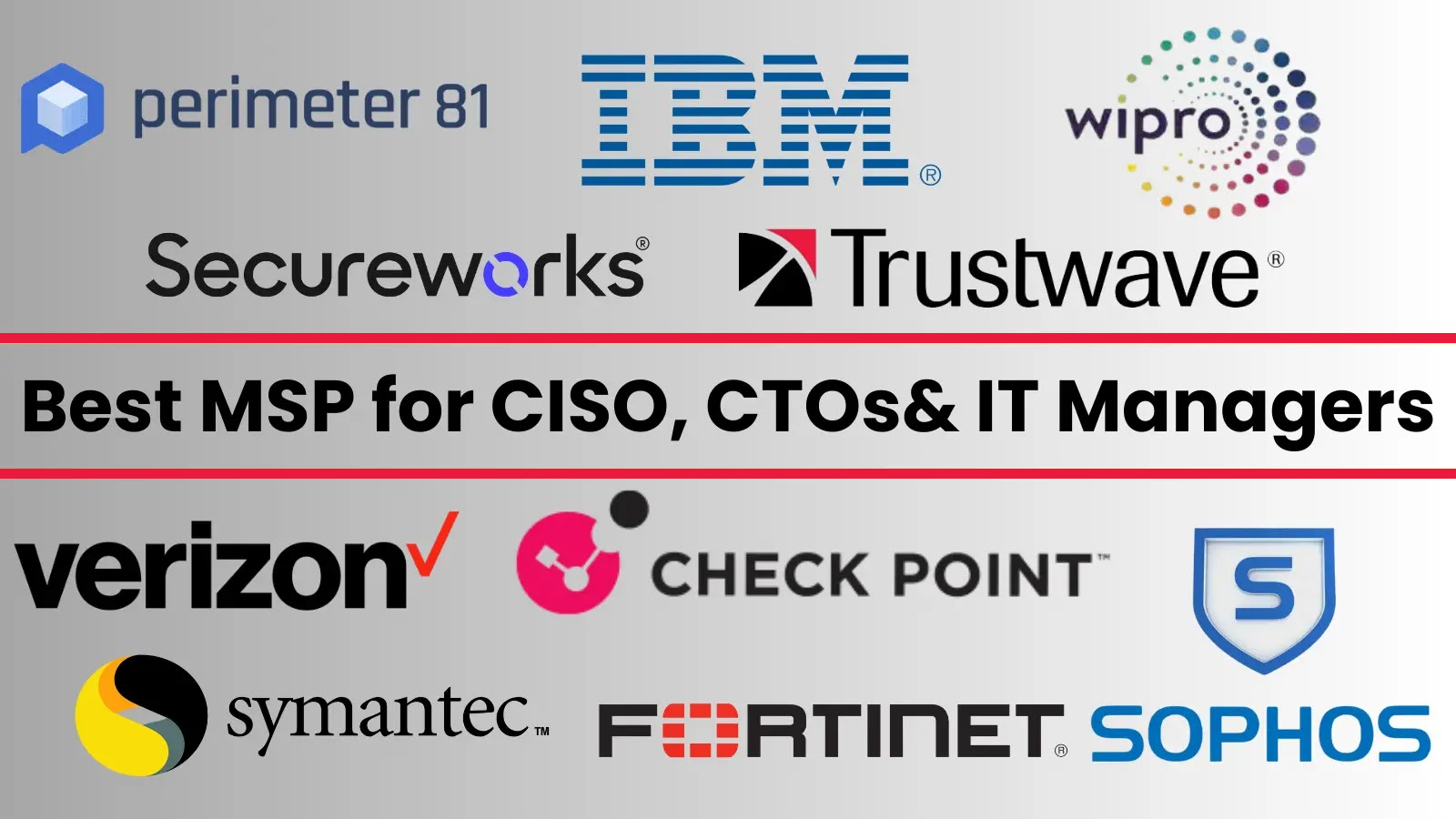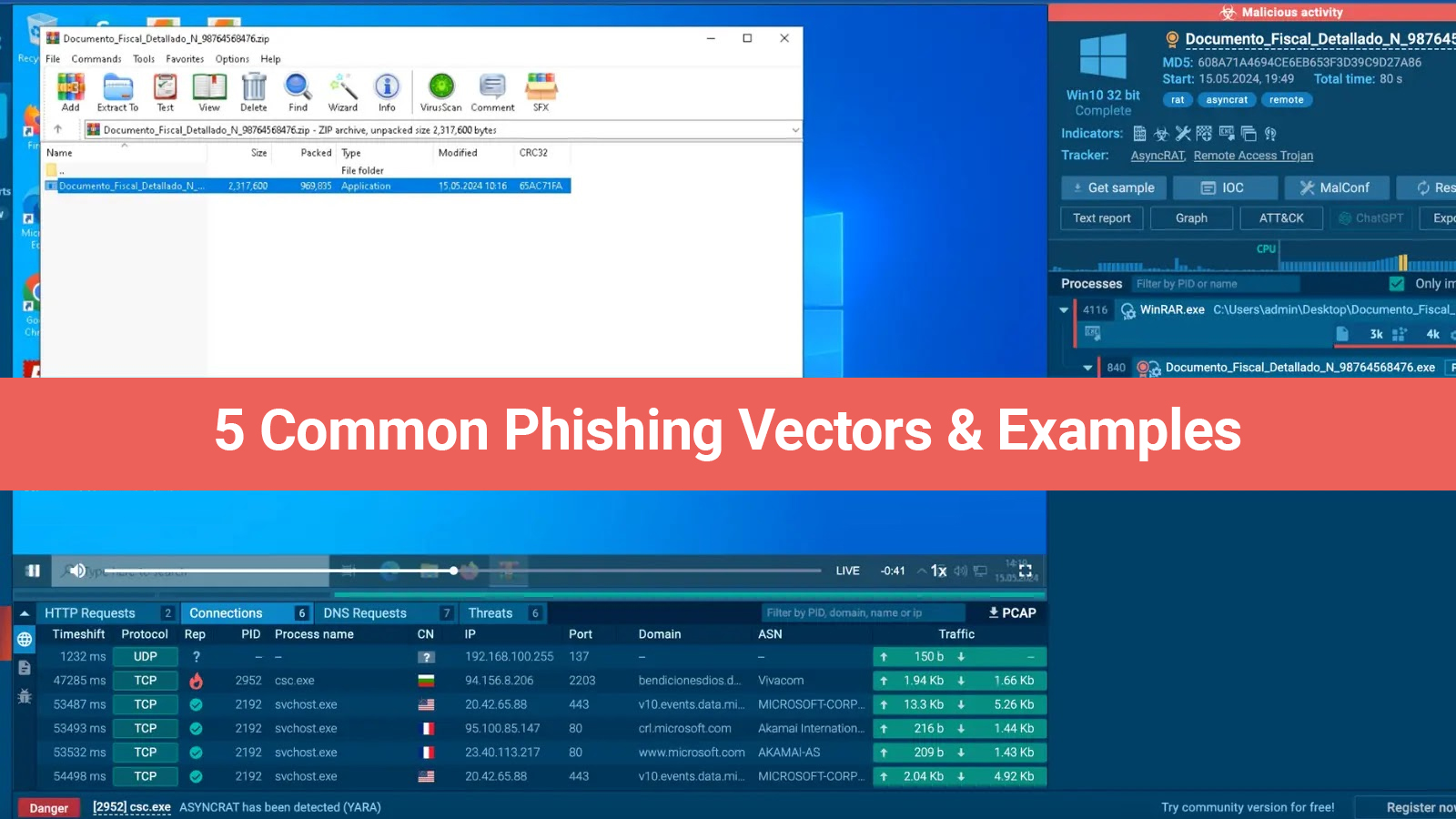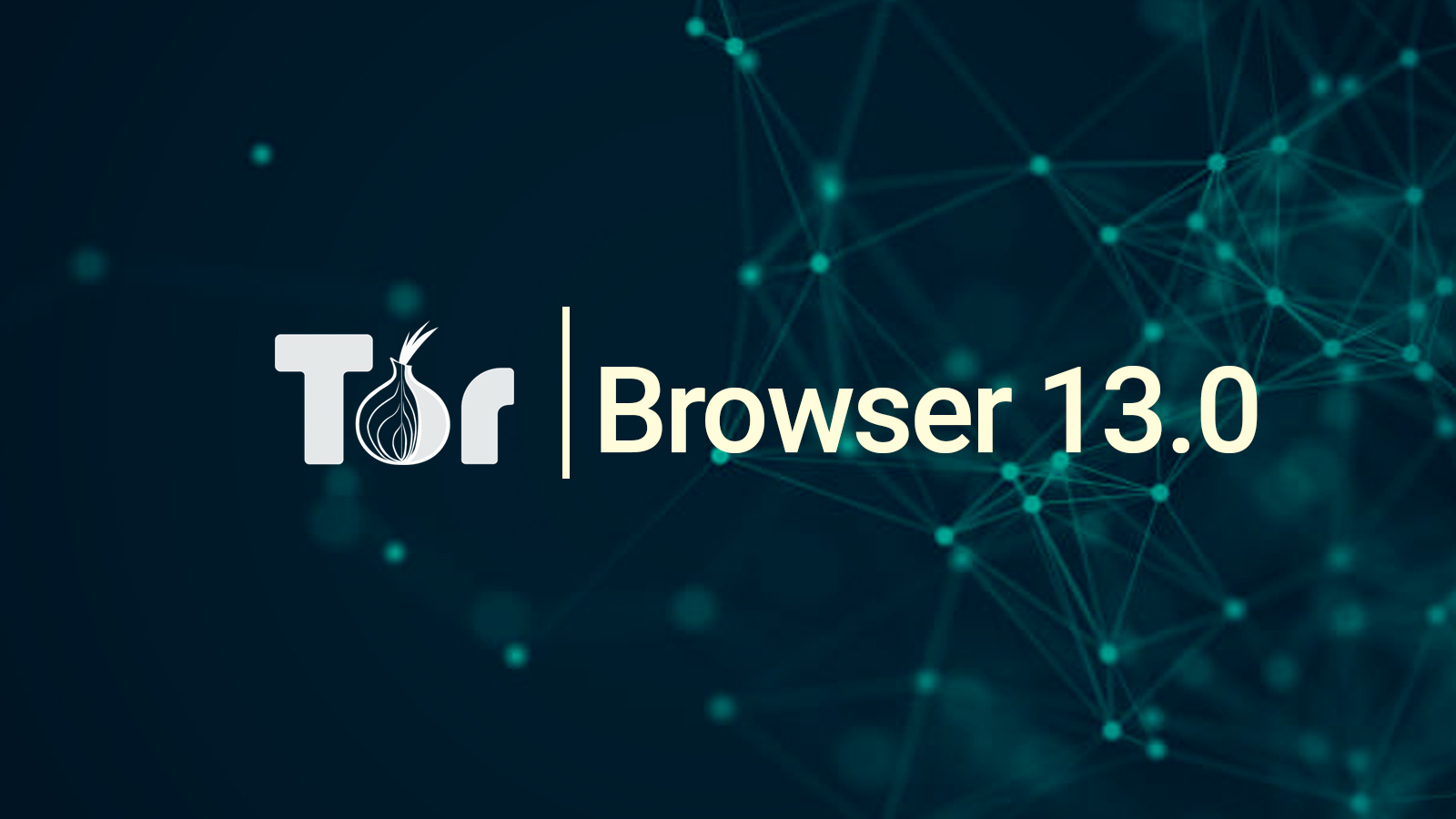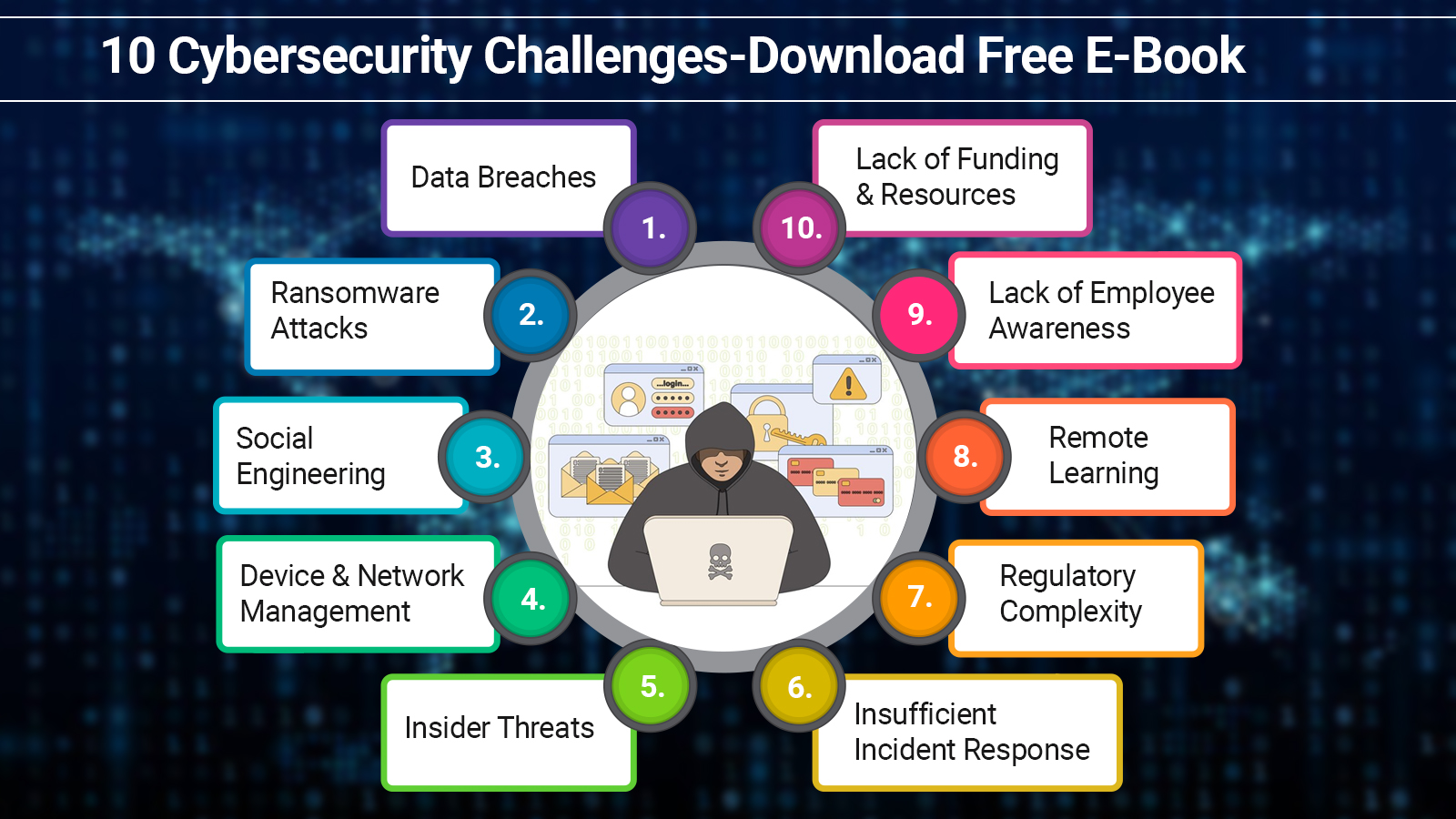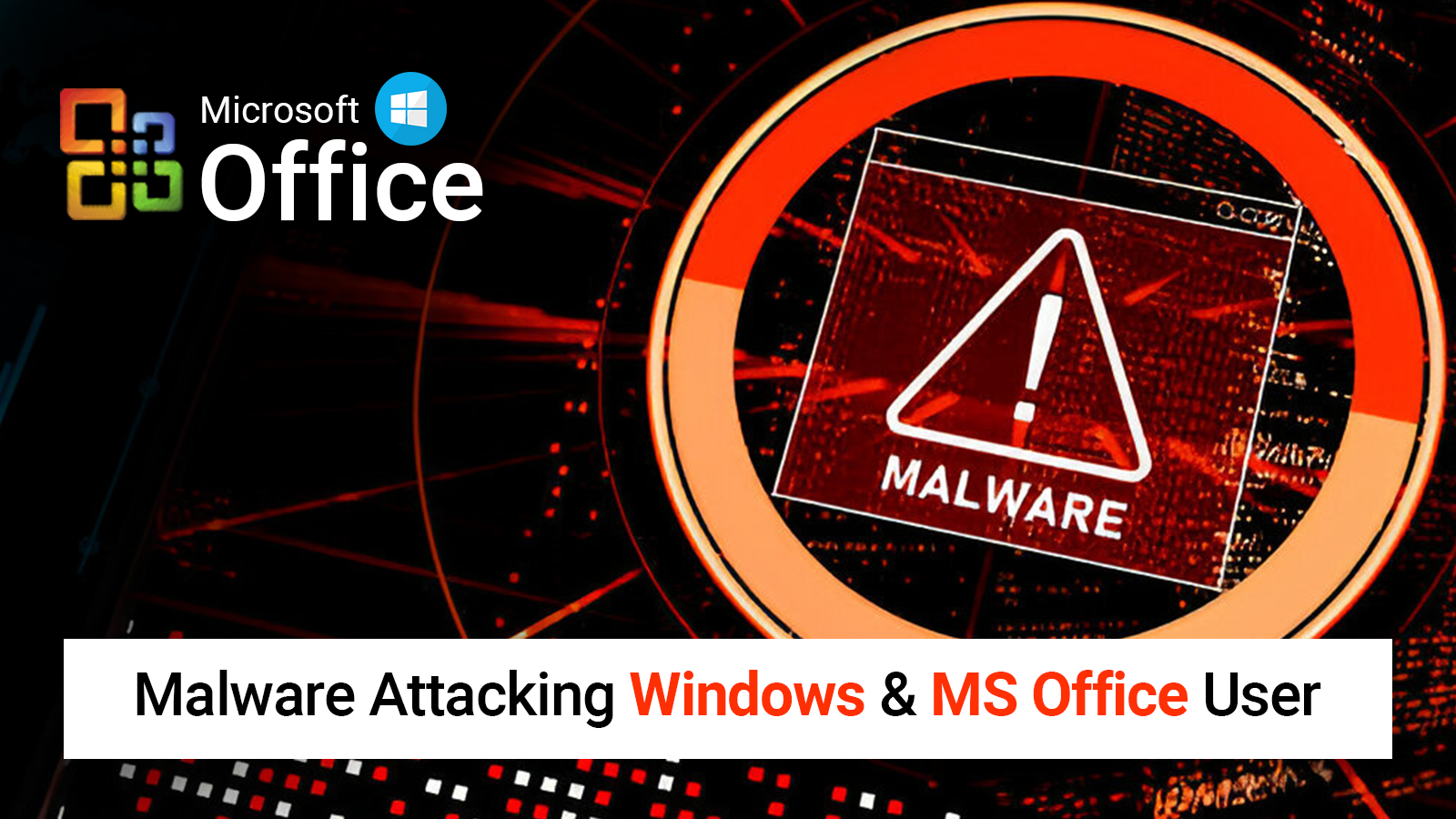To operate, the majority of UK enterprises depend on data, information, and digital technologies. Organizations can function efficiently in our increasingly connected world thanks to cyber security.
When executed effectively, cyber security includes far more than just adhering to regulations and placing technical measures in their proper places. You can use it to take full advantage of the opportunities presented by technology, set the direction for your business, and add genuine value across the board.
Most importantly, stronger cyber resilience—an organization's capacity to fend off, respond to, and recover from a cyberattack, data leak, or service interruption—is made possible by stronger cyber security. The Board of Directors bears ultimate accountability to the shareholders.
However, the Executive Team, Audit Committee, Risk Committee, and Remuneration Committee all have roles to play in ensuring that the firm is operating at the appropriate level of assurance.
What is the Board Toolkit?
Boards may guarantee that cyber resilience and risk management are integrated throughout an organization, including its people, systems, processes, and technology, with the support of the NCSC's Board Toolkit.
What are the Benefits of Using the Board Toolkit?
Boards play a critical role in enhancing their organizations' cyber security. Effective cyber security has the following advantages:
- Businesses can set investment priorities that maintain a balance between the requirement for protection and the demands of the enterprise. They will be able to budget for the risk exposure and develop a plan for changes as a result.
- Taking cyber security seriously increases confidence and trust among shareholders and consumers, especially in light of the growing complexity of risks and vulnerabilities in customer supply chains.
- Businesses that have successfully integrated cyber security into their operations are better equipped to satisfy regulatory requirements.
- Businesses that comprehend their "enterprise estate" are better able to pinpoint crucial areas for day-to-day operations. They should also determine the proper resources to counteract risks that have been discovered.
- Companies with a strong security culture can draw lessons from mishaps, which spurs advancement and creativity. In addition to increasing productivity, it can also improve employee satisfaction and retention.
- By allowing employees to make decisions, organizations can better prepare their workers for undesirable events and situations by investing in cybersecurity education & training.
Implementing a strong cybersecurity strategy benefits companies in several ways, such as adaptability, innovation, and stakeholder trust, all of which contribute to the long-term profitability and sustainability of the organization.
Who is the Board Toolkit for?
The toolkit is intended for board members in any industry who work for medium-sized to big companies. That might be as the following:
- The Board of Directors
- The Board of Governors/Advisors
- Non-Executive Directors or a Board of Trustees
The Essential Activities section can also be helpful to committees that report to the board and security professionals in making sure the company is implementing best practices. The questions that are included will aid in guiding conversations with the board and important parties.
If your company already has a risk management procedure in place, this toolkit can assist you in incorporating cyber hazards into it. This procedure includes figuring out how strong and resilient your company's overall cyber security is.
If your company has a well-established cyber risk management procedure in place, board members will feel more empowered to question how frameworks are assisting the company in accomplishing its larger goals thanks to the toolkit.
Even in cases when cyber components are outsourced, the board retains accountability for cyber risk, regardless of how well-established your cyber risk process is. Effective cyber security must benefit your company. It must be acceptable for your workforce, procedures, systems, and culture, and for the risk you can take. Due to this, board-level accountability for cyber security is ultimately required.
How is the Board Toolkit Organized?
Risk management for cyber security is an ongoing, iterative process. It falls into three primary categories, each of which has a key cyber security issue that we have addressed through the organization of the toolkit.
- To create an atmosphere where cyber security may thrive, organizations should:
- Including cyber security in your company operations.
- Fostering an optimistic culture around cyber security.
- Growing knowledge about cyber security.
After that, they must obtain the appropriate data to aid in their decision-making by doing the following:
- Determining the essential resources inside your company.
- Being aware of the threat to cyber security.
- Use this data to rank hazards and assess them.
Due to this, they can control the risks by doing the following:
- Putting in place efficient cyber security measures.
- Working together with partners and your supply chain.
- Organizing how you will react to online events.
|
Important Note: An Introduction to Cyber Security is also included in this toolbox for board members who are unfamiliar with the subject. |
How to Use the Board Toolkit?
We included the following in each of the above themes:
- An explanation of the theme's definition and significance.
- Essential actions that must be performed, that is, the best practices that your firm should genuinely implement.
- Indicators of Success: A list of queries & potential responses that boards may utilize to assess the effectiveness of your company.
|
Important Note: The performance indicators' purpose is to promote productive cyber security conversations between your organization's boards and important constituencies. It may include your legal, procurement, HR, and technical departments. They are not meant to be a checklist that must be completed; rather, they are meant to serve as a “Starting Point.” |
While technological expertise is not a requirement for board members, it is necessary to have sufficient knowledge of cyber security to address concerns with important personnel. The Board Toolkit helps the board by giving them the appropriate questions to ask to fully comprehend the organization's cyber risk profile.
On the Whole
This post highlights the importance of cyber security beyond adherence, stressing its critical role in modern-day businesses. Board members can use cyber security to encourage innovation, keep online threats off, and earn stakeholders’ trust.
The toolkit provides guidelines on investment prioritization, security culture cultivation, and risk management to combine cyber strength throughout the company. It aims at board members and offers necessary tasks & performance measures to support educated conversations & decision-making about cyber dangers.
Did you find this article interesting? Join our TTB Community on LinkedIn for more intriguing articles & updates.

